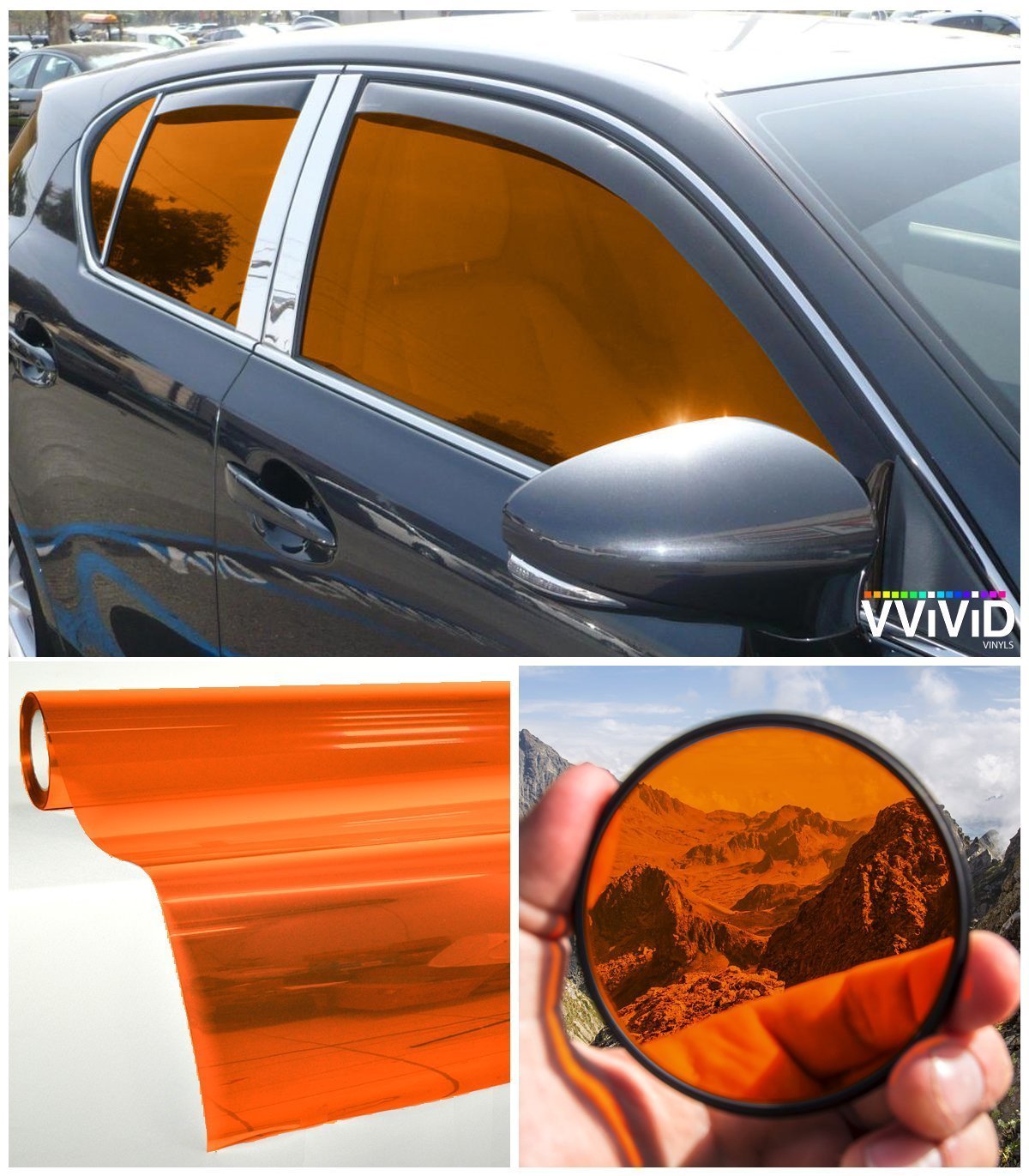Automobile Window Tinting: Tips for Preserving an Expert Complete
Wiki Article
Window Tinting Rules and Guidelines: What You Need to Know Before Tinting Your Vehicle
Prior to continuing with window tinting for your automobile, it is crucial to acquaint yourself with the diverse laws and guidelines that govern this practice across various states. These regulations dictate the permitted degrees of color darkness, usually measured by noticeable light transmission (VLT) percents, and include particular terms for front windshields intended at making certain road security.Introduction of Home Window Tinting Laws
Home window tinting regulations are frequently subject to variation across various territories, mirroring local policies and security considerations. These laws dictate the permissible levels of tint darkness and reflectiveness on automobile home windows, ensuring that vehicle drivers keep sufficient visibility while additionally shielding against dangerous UV rays and warmth.A lot of regulations identify home window tinting based on the Visible Light Transmission (VLT) percentage, which shows the amount of light that can pass via the home window. Typically, reduced VLT percentages indicate darker tints. Laws commonly set apart in between the front, side, and rear home windows, with stricter restrictions related to the front windscreen to enhance security for both the chauffeur and various other road customers.
Additionally, some jurisdictions impose constraints on the reflectivity of the tint, stopping excessive glow that could hinder presence. Exemptions to these laws may exist for individuals with specific medical conditions needing additional sun defense. Compliance with window tinting guidelines is important, as infractions can cause penalties, necessary elimination of the tint, and prospective rises in insurance coverage costs. As a result, it is important for automobile owners to familiarize themselves with regional regulations prior to proceeding with home window tinting installations.
State-by-State Color Rules
Understanding the details home window tinting laws in each state is essential for lorry proprietors looking for to adhere to the law. Each state in the U.S. has established its own set of regulations controling home window tinting, which can differ dramatically. These guidelines often determine the allowable degrees of color darkness, the sorts of windows that can be tinted, and any kind of medical exemptions that might use.For circumstances, states like California have strict limitations on tint darkness for front windows, while others, such as New Mexico, may allow darker colors. In addition, specific states mandate details presence portions for various home windows, including the windscreen, front side home windows, and rear windows. It is important for vehicle proprietors to familiarize themselves with their state's legislations to stay clear of potential penalties or fines.
Moreover, some states might require a qualification sticker to be positioned on tinted windows, suggesting conformity with state laws. Failure to follow these regulations not only runs the risk of legal repercussions but can likewise affect security and presence while driving. Lorry owners need to perform thorough research study or consult neighborhood authorities to make sure complete understanding and conformity with state-by-state tint regulations.
Allowed Color Types and degrees
Several automobile owners may be surprised to discover that enabled color degrees and types differ commonly throughout various states. Each state has actually established its own guidelines regarding the allowable darkness and reflectivity of window color, typically gauged by Visible Light Transmission (VLT) percents. VLT describes the amount of light that can go through the colored home windows; thus, a reduced percentage indicates a darker color.
go In addition, the types of tint products allowed can vary, with some states banning mirror-like or metallic finishes. It is essential for car owners to acquaint themselves with their state's details regulations to make certain compliance. Non-compliance can cause penalties, mandatory removal of the tint, or various other lawful effects, making it imperative to understand these laws prior to waging installment.
Medical Exceptions for Tinting
While not all states provide allocations for clinical exemptions regarding home window tinting, those that do acknowledge the requirement for specific people to enhance presence and convenience as a result of clinical conditions. Various medical conditions, such as lupus, skin cancer cells, and certain eye problems, can provide individuals especially delicate to sunlight. These people may require darker tints to shield themselves from damaging UV rays and glow.
It is very important to note that despite a clinical exception, there might still be restrictions on the degree of tint permitted. Compliance with state laws guarantees that people are both safeguarded and within legal limits. Those considering medical exceptions should contact their local Department of Electric motor Vehicles or comparable authority to comprehend the procedures and requirements necessary to use for an exception effectively.
Fines for Non-Compliance
Stopping working to abide with home window tinting regulations can result in substantial penalties, which vary by state. Police are equipped to release citations for automobiles that do not adhere to the specified tinting laws. These charges typically consist of penalties, which can range from moderate quantities to numerous hundred dollars, depending on the extent of the violation and the state in inquiry.In some jurisdictions, duplicated offenses might lead to escalating fines or extra fines, such as compulsory court appearances. In addition, non-compliance might require the removal of prohibited tinting, usually at the proprietor's expenditure. In extreme situations, regular wrongdoers might face suspension of their check here lorry registration till compliance is attained.
Additionally, insurance ramifications may develop from getting numerous citations for home window color offenses. Insurance firms may watch such violations as an indicator of riskier behavior, potentially causing boosted premiums or difficulty in coverage.
To avoid these penalties, it is critical for lorry owners to familiarize themselves with their local home window tinting regulations and make certain that their automobile complies (Window Tinting). This positive method not just prevents legal implications yet likewise advertises roadway security
Verdict

The majority of regulations classify home window tinting based on the Visible Light Transmission (VLT) percentage, which shows the amount of light that can pass with the home window. Conformity with window tinting regulations is critical, as infractions can result in penalties, obligatory removal of the tint, and prospective rises in insurance costs.Understanding the certain home window tinting laws in each state is crucial for car owners looking for to abide with the law. These policies usually determine the allowable levels of color darkness, the kinds of home windows that can be tinted, and any kind of clinical exceptions that may use.
For circumstances, states like California have rigid limitations on color darkness for front home windows, while others, such as New Mexico, may allow darker colors.
Report this wiki page